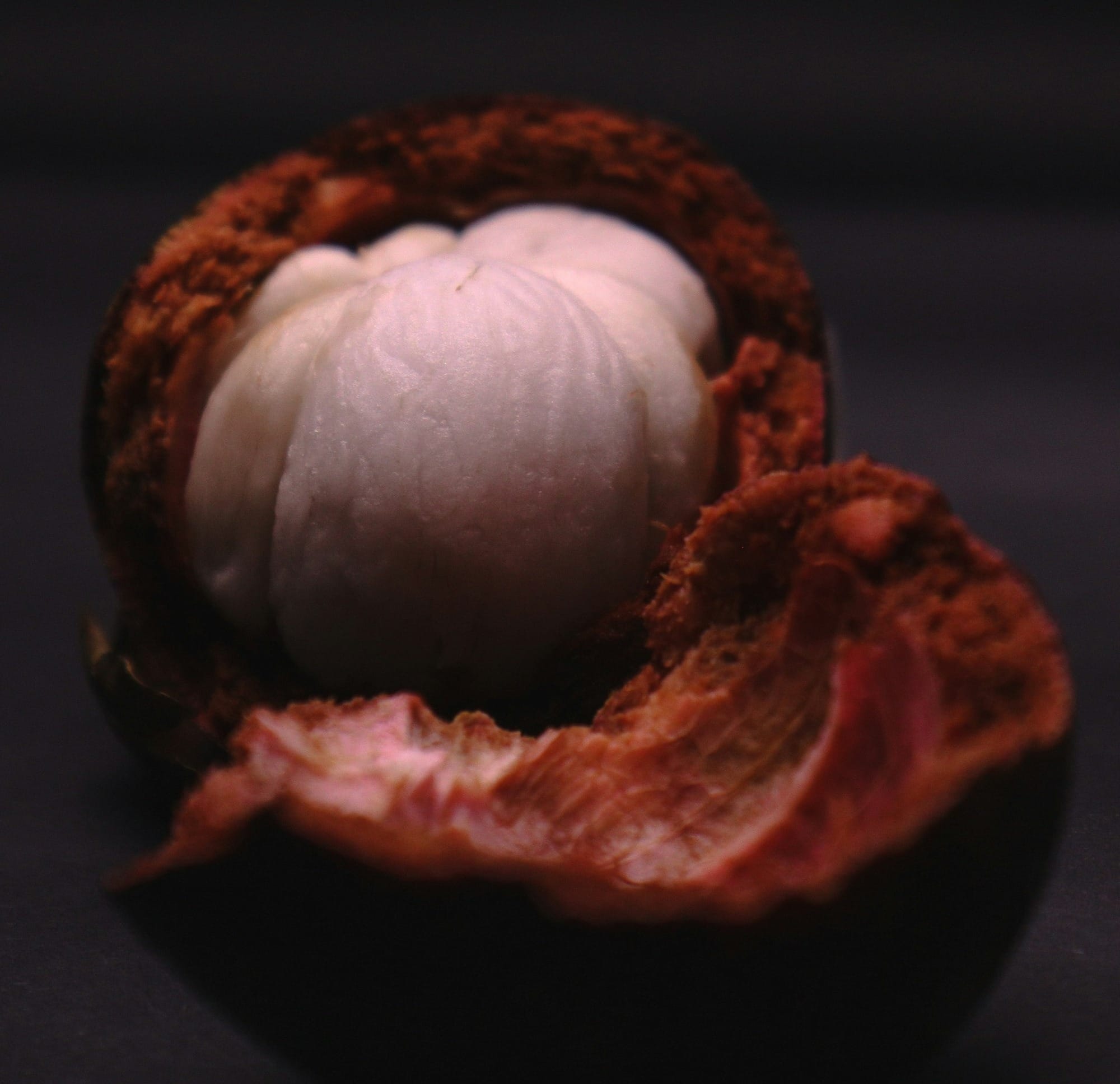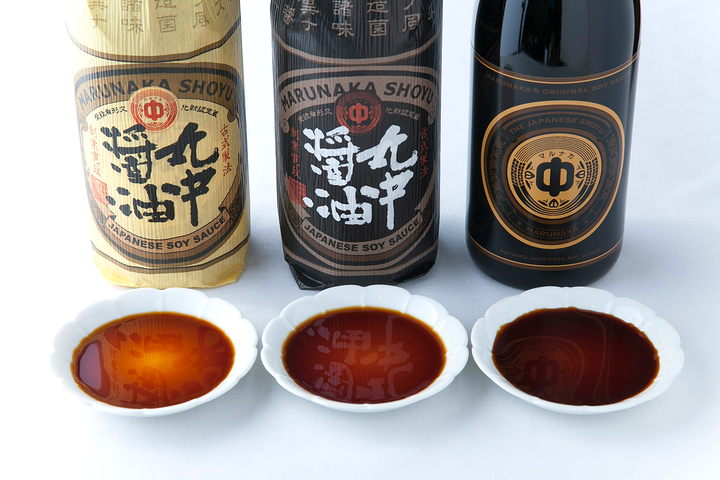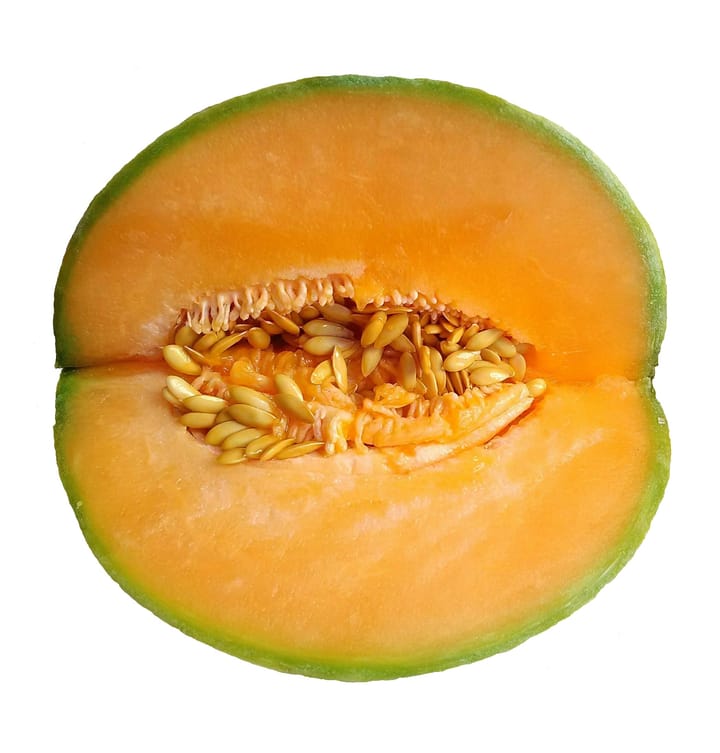What Makes Mangosteen Fruit Taste So Unique?
Scientists discovered mangosteen contains 182 distinct chemical signals creating a flavor so complex it defies description. This purple fruit's whisper-soft taste has just 1/400th the aroma of other fruits, yet delivers unmatched complexity.

Every time someone bites into a mangosteen for the first time, the same thing happens.
They pause, look confused, and struggle to describe what they're tasting.
"It's like... wait, no... it tastes like..." The comparisons pile up—lychee meets peach, strawberry mixed with cream, citrus with caramel notes—but nothing quite nails it.
There's a fascinating scientific reason why this purple tropical fruit leaves even food experts scratching their heads.
The Mystery of Mangosteen's Elusive Flavor
Ask ten people what mangosteen tastes like, and you'll get ten different answers.
This isn't because people have poor palates—it's because mangosteen breaks the rules that govern most fruit flavors.
Consider this: when you bite into an apple, you taste apple. The dominant compound (ethyl butyrate) clearly announces itself.
Same with bananas (isoamyl acetate) or oranges (limonene). These fruits have starring flavors with a few supporting notes.
Mangosteen? It's running an entirely different show.
Scientists have discovered that mangosteen contains such a subtle blend of compounds that it has only about 1/400th of the aromatic intensity of other fragrant fruits.
Yet somehow, this whisper of flavor creates more complexity than fruits that shout their presence.
Breaking Down the Flavor Chemistry
The magic happens through an intricate balance of three main compound families that rarely show up together in such harmony:
The Fruit Notes Hexyl acetate leads this category, bringing the sweet, fruity quality that makes people think of exotic tropical fruits.
It's the same compound that gives certain premium sakes their delicate fruitiness.
But here's where it gets interesting—the concentration is so perfectly balanced that it never overwhelms the palate.
The Green Freshness Compounds like hexenol and particularly (Z)-3-hexen-1-ol contribute grassy, green notes.
Think of that fresh smell when you cut grass, but refined and softened. These compounds typically show up in green vegetables, making their presence in a sweet fruit unusual and pretty darn interesting.
The Mysterious Base Notes α-Copaene and other sesquiterpenes add woody, slightly spicy undertones.
These are the compounds that make people pause and say, "There's something else there, but I can't place it." They're more commonly found in tree resins and spices, not tropical fruits.
Why the Rind Matters (Even Though You Don't Eat It)
Here's something most people don't realize: the purple rind you throw away contains over 50 different xanthones, with α-mangostin and β-mangostin being the most abundant.
While these compounds don't directly flavor the white flesh you eat, they play a supporting role in the fruit's overall chemistry.
Think of it like a wine bottle's cork—you don't eat it, but it influences what's inside.
During ripening, subtle chemical exchanges occur between the rind and flesh, adding layers of complexity that synthetic flavorings can never replicate.
Scientists have identified at least 68 distinct xanthones throughout the mangosteen plant.
To put that in perspective, most fruits contain fewer than 10 unique compounds in total.
The Wine Connection Is Real
When sommeliers compare mangosteen to fine wine, they're not just being pretentious. The similarities run deep:
Terroir Actually Matters Just as Pinot Noir from Burgundy tastes different from Oregon Pinot Noir, mangosteens from different regions have distinct flavor profiles.
Thai mangosteens tend toward more floral notes, while Malaysian ones often show stronger caramel undertones. The soil's mineral content, rainfall patterns, and elevation all leave their mark on the final flavor.
Tannins Play a Role The mangosteen rind contains significant tannins—yes, the same compounds that give red wine its structure and slight astringency.
While you don't eat the rind, these tannins influence the flesh during ripening, adding subtle complexity.
Fermentation Potential When researchers make mangosteen wine, fascinating transformations occur.
The original fruit might have 10-15 esters (flavor compounds), but fermentation can produce over 20 different esters, creating entirely new flavor dimensions.
Some of these compounds, like ethyl octanoate and ethyl hexanoate, are prized in wine-making for their fruity, floral characteristics.
The Texture-Flavor Dance

Mangosteen pulls off another trick that food scientists find fascinating: staged flavor release. When you bite into most fruits, you get an immediate flavor burst.
Grapes pop, apples crunch, oranges squirt.
Mangosteen segments do something entirely different. The cellular structure creates what researchers call "flavor release kinetics"—essentially, different compounds hit your taste buds at different times.
First comes sweetness, then the fruity notes emerge, followed by those mysterious base notes, and finally a clean, slightly tart finish.
It's like a perfectly choreographed dance on your palate, which explains why people often take multiple bites trying to "figure out" the flavor.
The Irradiation Debate: Does Treatment Change the Taste?
Since 2007, all mangosteens imported from Southeast Asia must undergo irradiation to eliminate potential Asian fruit flies.
This requirement has created an interesting divide in the mangosteen world.
The process uses gamma rays or electron beams to kill any insects without leaving residues.
The USDA insists this doesn't affect flavor, and most consumers can't tell the difference. However, some mangosteen enthusiasts swear they can detect subtle changes—particularly a slight muting of the most delicate floral notes.
Whether this is real or psychological remains debated. What's certain is that irradiation has made mangosteens legally available in the US, even if it adds another layer to their already complex story.
The Ripeness Sweet Spot

Unlike fruits that have one perfect moment of ripeness, mangosteens offer different experiences at different stages:
Early Stage (firm, lighter purple): Higher acidity creates a tart, almost citrus-like experience. The green notes from hexenol compounds dominate, making it taste fresher but less sweet.
Peak Ripeness (deep purple, slight give): This is when the magic happens. All compounds reach optimal balance—sweet yet tart, fruity yet fresh, simple yet complex.
Late Stage (very soft, darkening): Natural fermentation begins, creating wine-like notes. Some aficionados prefer this stage, claiming it adds depth. Others find it too strong.
Why Your $15 Mangosteen Tastes Different Than Your Friend's $8 One
Not all mangosteens are created equal, and the price often reflects genuine flavor differences:
Growing Region: Premium mangosteen from established Thai or Malaysian orchards command higher prices because generations of expertise produce superior flavor balance.
Harvest Timing: Cheaper mangosteens might be harvested slightly early to survive shipping. Those extra days on the tree make a noticeable flavor difference.
Transportation Method: Air-freighted mangosteens retain more volatile compounds than those shipped by sea. The price difference? Often double, but many say it's worth it.
Storage Conditions: Mangosteens stored at optimal temperature (around 13°C) maintain their complex flavor profile. Those kept too cold or too warm lose their subtle notes first.
Why Science Still Can't Nail Down Mangosteen Flavor
Food scientists have been trying for decades to create convincing mangosteen flavoring. They've identified the compounds, measured the ratios, and mixed them in labs. The results? Always disappointing.
Recent analysis using advanced GC-IMS technology detected 182 distinct signal peaks in mangosteen samples. That's not 182 flavors—it's 182 different chemical signals, many representing trace compounds that contribute subtle but crucial notes.
Creating artificial mangosteen flavor is like trying to recreate a symphony by playing each instrument separately. You might hit all the notes, but you'll miss the magic that happens when they play together.
The Bottom Line: Why Mangosteen Remains the "Queen of Fruits"
Every mangosteen delivers something science can analyze but never replicate—hundreds of compounds in perfect natural balance that have captivated everyone from ancient royalty to modern food enthusiasts.
In our world of bold, in-your-face flavors, mangosteen whispers rather than shouts. It's nature's reminder that her most sophisticated creations can't be improved upon, only appreciated.
When you buy this purple treasure, you're not just purchasing expensive fruit. You're investing in one of nature's most complex flavor achievements—a biochemical symphony that exists nowhere else.
And that's why, despite all our technology, a perfect mangosteen still commands premium prices and still leaves first-time tasters searching for words.


